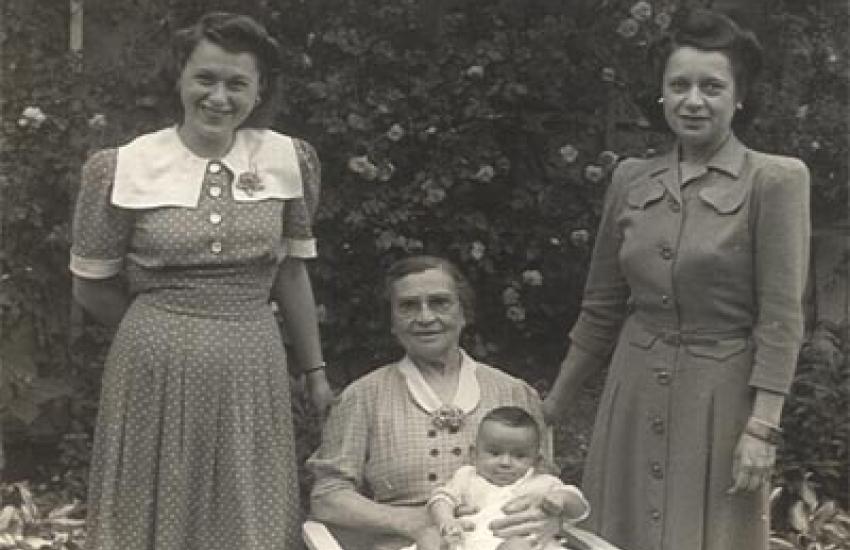Talking about our generations
FHM’s generational scale sets an arbitrary Zero Generation of between 1880 and 1920
The concept of family generations makes intuitive sense in relation to a single family, and it is central to the organization of website about family storytelling.
It gets much more complicated when you apply a single generational scale across time and to multiple families or cohorts of society. That puts you on a slippery slope to generations X,Y and Z or cultural memes like the me generation or Pepsi generation.
On Family History Machine, in order to provide the ability to view family branches by generation, we needed a generation schema that would be applicable to all users and Storyspaces. Our solution is to arbitrarily set one standard Generation Zero within a specific date range that is used by all Storyspaces, and then let each family count forward and back from there.
Our choice for an arbitrary Generation Zero that is meaningful to most or all users Is the cohort of people worldwide born during the pre-World War I years (or more broadly in a distribution from 1880 to 1920)? Since most storyspaces will cover family histories in the 18th through 21st centuries, we picked the generation born before and after the year 1900 to be our Generation 0. This is the World War I generation, sometimes also called The Lost Generation.
This will be the Zero generation in all FHM storyspaces. Then count forward and back to identify the generational ordering of family members in a Storyspace branch. Counting forward, 1G are the children of 0G, 2G are the children of 1G, and so on. We don’t need to get into talk of the Greatest Generation or Baby Boom or any ot that sociology.
Going back, we get -1G, who generally were people born between 1850 and 1880, and then progressively lower numbered generations as you go farther back in history.
The user’s own relation to 0G depends on his or her own generation. (You can set your generation on your user profile page.) Many FHM users are of the cohort who were grandchildren of 0Gs. Thus, they are 2Gs and their further back ancestors were -1G (great grandparents), -2G (GG grandparents), -3G (GGG grandparents), etc.
Other FHM users are 3Gs and we’ll soon have 4Gs coming on board. If you are a younger generation, then your relative relationship to an ancestor shifts forward. To Minnesota Mix user Twyla, who thinks of herself as a Millennial born in 1985, 0G were her great grandparents.
Family History Machine is here to serve all generations. And now there is a standard way to define and order them. Give it a try in your own storyspace.


